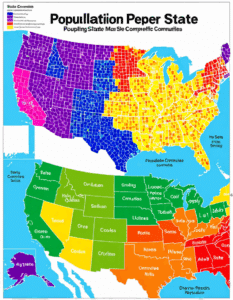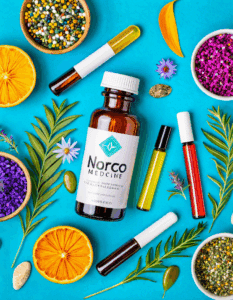Unveiling the Harsh Reality of Babies with Drug Addictions
Babies with drug addictions – the phrase alone is enough to break hearts and raise alarms. But behind those words lies a stark and escalating crisis: neonatal abstinence syndrome (NAS) and a surge in drug-exposed infants. The stories that come to light paint a grim picture of the present situation and call for our attention more than ever.
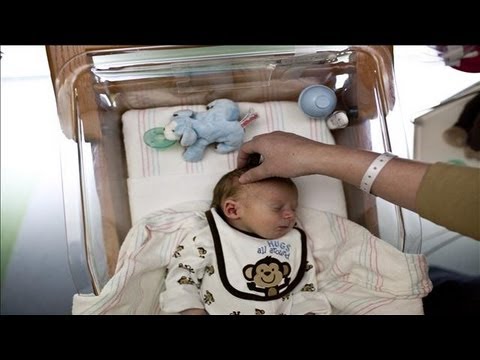
From Birth to Turmoil: The Journey of Drug Abused Babies
Picture a newborn, instead of greeting the world with peace, facing abrupt and painful withdrawal symptoms. It’s the harsh beginning for drug abused babies.
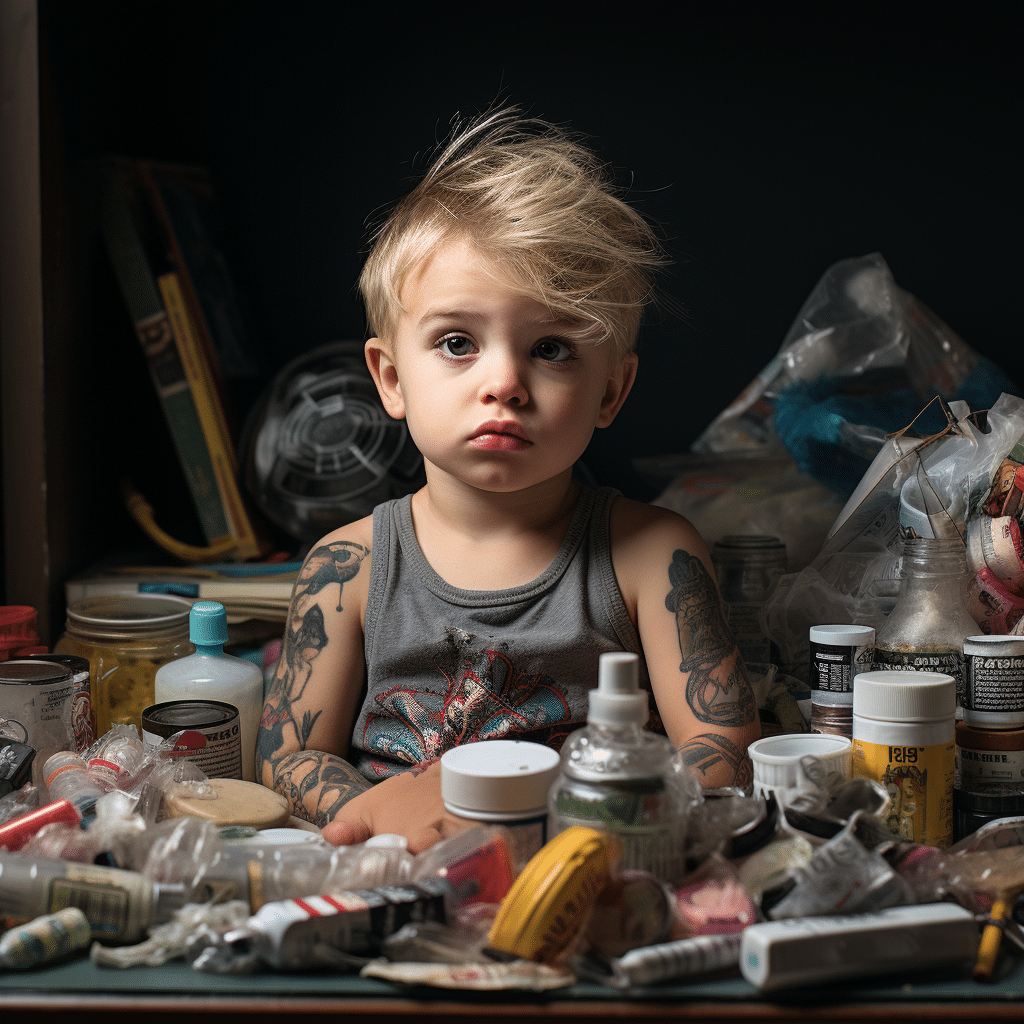
| Aspect | Description |
|---|---|
| Condition Name | Neonatal Abstinence Syndrome (NAS) or Neonatal Opioid Withdrawal Syndrome (NOWS) |
| Etiology | Infants exposed to drugs in utero, commonly opioids, heroin, methadone, buprenorphine, and prescription pain medications. Other substances can also lead to withdrawal symptoms, including alcohol, benzodiazepines, and certain antidepressants. |
| Short-term Symptoms | – High-pitched crying – Trembling (tremors) – Sleep problems – Hyperactive reflexes – Seizures – Vomiting – Diarrhea – Fever – Sweating – Poor feeding and suck – Irritability – Stuffy nose, sneezing |
| Long-term Effects | – Developmental delay – Behavioral problems – Learning difficulties – Growth issues – Sudden Infant Death Syndrome (SIDS) |
| Incidence and Trends | Varies by region, often correlated with local rates of substance misuse among pregnant women. Incidences have risen in areas with increased opioid usage. |
| Treatment Options | – Pharmacotherapy (e.g., morphine to wean babies off opioids) – Non-pharmacological care (e.g., swaddling, low-stimulation environment, breastfeeding when safe) – Social support and family education |
| Prevention | – Comprehensive substance use treatment for pregnant women – Prenatal care and education |
| Cost of Care | High – requires prolonged hospital stays, specialized medication, and potential long-term therapy and support services. Specific costs vary based on location and healthcare system. |
| Prognosis | Varies – early and appropriate treatment can mitigate some long-term effects, but some developmental and behavioral issues may persist. |
| Support and Resources Available | – Substance use counseling for expectant mothers – Parenting classes and resources – Specialized care centers for NAS/NOWS babies |
| Relevant Legislation | – Child Abuse Prevention and Treatment Act – Keeping Children and Families Safe Act – Plans of Safe Care requirements under the Comprehensive Addiction and Recovery Act |
Early Signs and Symptoms: Recognizing Drug Baby Behavior
Babies, bless them, can’t tell us what’s wrong. But they show us through signs – a critical language medical professionals and caregivers must learn to speak.
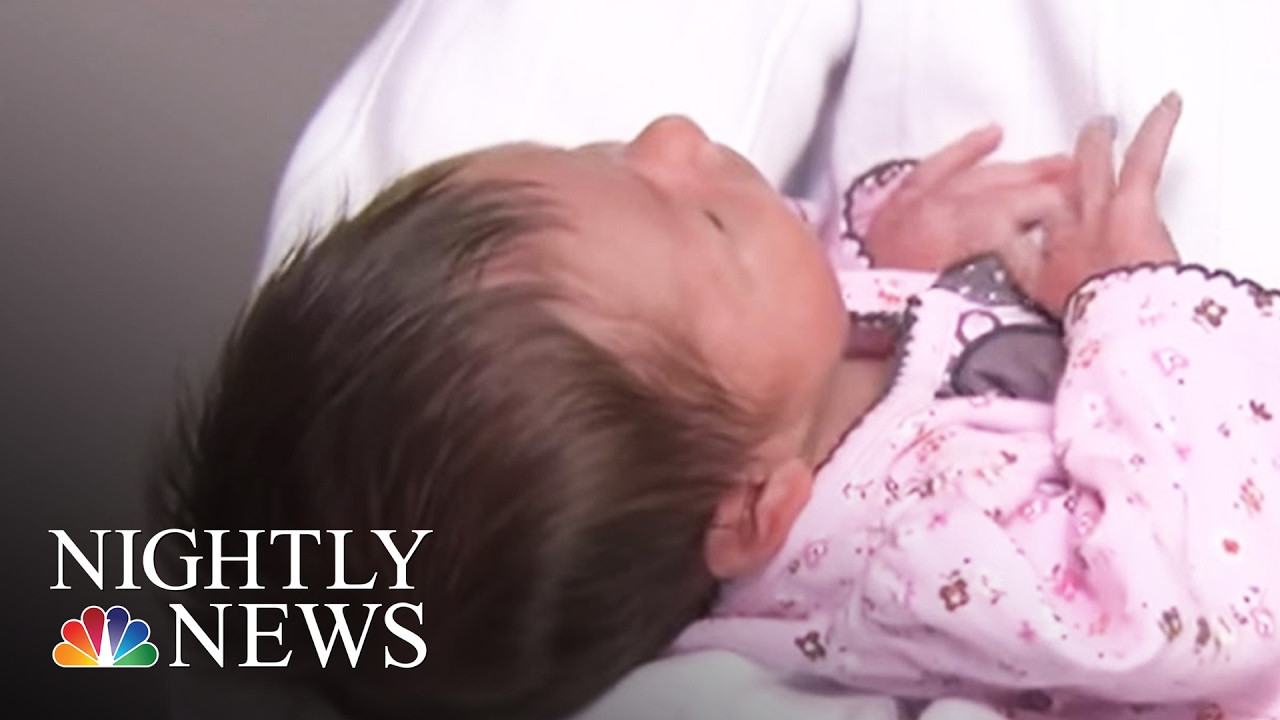
Breaking the Cycle: Treatment and Care for Addicted Newborns
It’s not a lost cause, not by a long shot. With medical interventions and comprehensive care, these babies can indeed overcome the rocky start.

The Legal and Social Framework: Protecting Babies with Drug Addictions
In the quagmire of addiction, laws can be lifelines. The reality is, these infants need more than just healthcare; they need champions in the legal and social arenas.
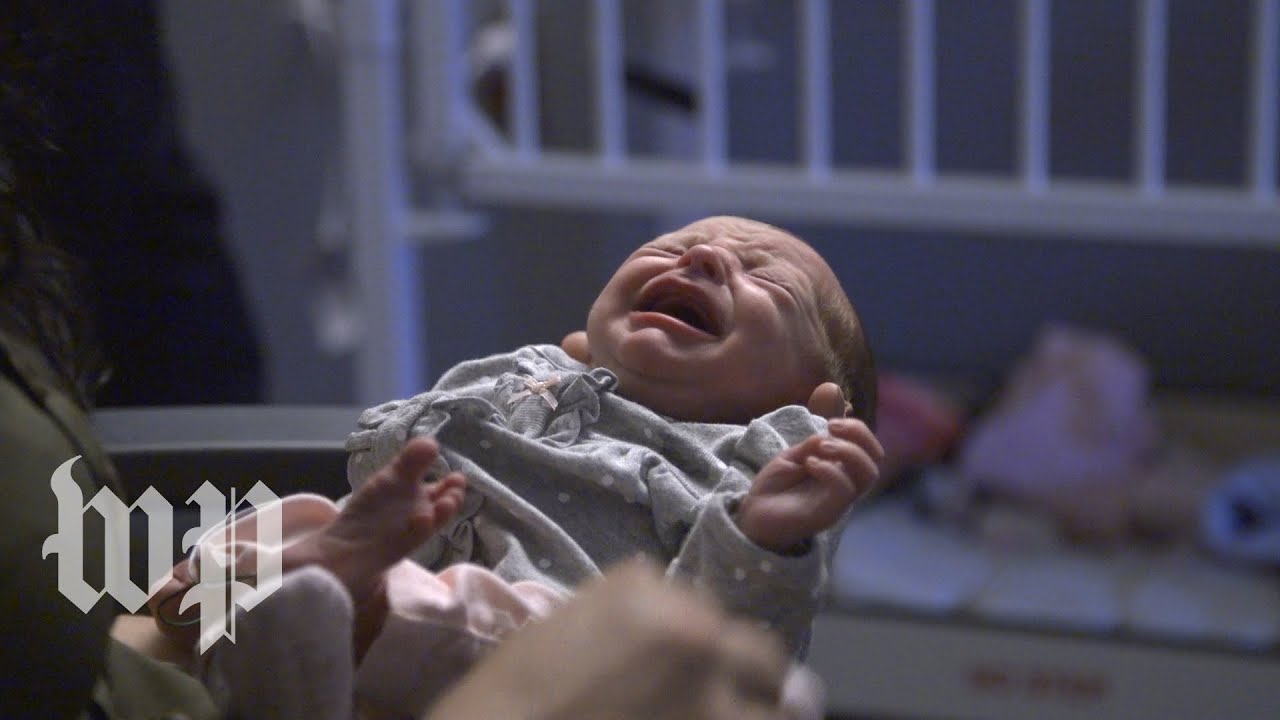
Community and Societal Impacts: Beyond the Individual Baby
Each baby’s struggle is like a pebble tossed into a pond; the ripples extend outward, reaching further than we can see.
Personal Stories: The Human Element of Babies with Drug Addictions
Let’s talk human to human. Mothers, fathers, nurses, and doctors – their stories pierce through statistics, bringing a dimension of raw, unfiltered reality.
Taking Action: Innovative Approaches to Combat the Epidemic
In the face of adversity, innovation blooms. From the laboratory to the legislative chamber, new solutions are sprouting, promising a fresh take on prenatal care.
A New Frontier in Advocacy: Shifting Attitudes and Solutions
Removing the stigma from addiction is like lifting dark clouds to let the sunlight through. Hearts and minds are changing, and with it, the landscape of advocacy.
Towards a Brighter Future: Reinventing the Approach to Drug Baby Behavior
With new tools and strategies at the ready, the battle against drug baby behavior is gaining ground. Pediatrics and maternal care are taking a proactive stance, and the success stories are starting to shine.
The Power of Prevention: Education and Awareness Initiatives
Education is a mighty weapon in this fight. It cuts through ignorance and breaks the cycle before it begins, protecting babies from the binds of addiction.
Nurturing Hope: Successes in the Face of Adversity
There’s light at the end of this tunnel. Amid the reports, the data, and the front-line battles, are glimmers of hope that shine as beacons for others to follow.
A Call to Arise: Pioneering a Drug-Free Beginning for the Next Generation
We stand on the cusp of change. The current landscape for babies born with drug addictions demands our undivided attention and unwavering action.
Trivia & Interesting Facts: Babies’ Battle with Addiction
When Tiny Lives Start on a Rocky Road
Imagine stepping into the world, and your first battle is with addiction—a harsh reality many babies face today. It’s heartbreaking but true, folks. These tiny tots aren’t scoring points like basketball superstar James Harden, but rather, they’re inadvertently entering a game that’s tougher than imagining James Harden with no beard. This is the unseen face-off with drug dependency, which sadly, even newborns can’t dodge.
Not Just a Walk in the Park for New Parents
Being a new parent is usually about the ABCs and 123s, but for some, it becomes a crash course in pharmacology—thanks to something called Neonatal Abstinence Syndrome (NAS). Whew, that’s a mouthful, ain’t it? Well, in short, it means these infants got a rough deal even before the stork hit the runway. NAS occurs when a baby withdraws from certain drugs he’s exposed to in the womb before birth. And let me tell you, the outcomes aren’t a pretty picture.
A Mother’s Heartache Turned into a Rallying Cry
Talk about a rollercoaster of emotions; we’ve got some brave souls out there, like this one mom, who turned her grief into action after her baby faced drug addiction head-on. She became the grieving mom who sparked a crusade, cautioning the world about the perils that these innocent lives face. It’s stories like hers that tug at your heartstrings and prompt a call to arms—or, in this case, a collective embrace to protect the youngest among us.
The Silver Lining in the Cloud
Now, don’t get bogged down in despair. For every down, there’s an up! Knowledge is a superpower, and enlightening yourself on how lower your child’s risk of addiction can work wonders. Parents are the frontline defense in this battle. By being the vigilant guardians, the keepers of their children’s future, and yes, essentially Parents The Antidrug, they can steer their kids clear of this treacherous path.
Harnessing Hope and Healing
Alright, so what’s the take-home message here? Roll up your sleeves and get into the nitty-gritty of nurturing. Stick to the ‘It takes a village’ mantra to bring up kiddos who are healthy, both in body and spirit. This is no time for idling on the sidelines. Step up to the plate, come together, and let’s kick addiction to the curb—for the next generation’s sake!
Just remember, this isn’t just about bending it like Beckham, it’s about bending backwards to give these babies a fighting chance at a bright future. Together, we can transform those addictive chains into life’s charms for the smallest warriors among us.
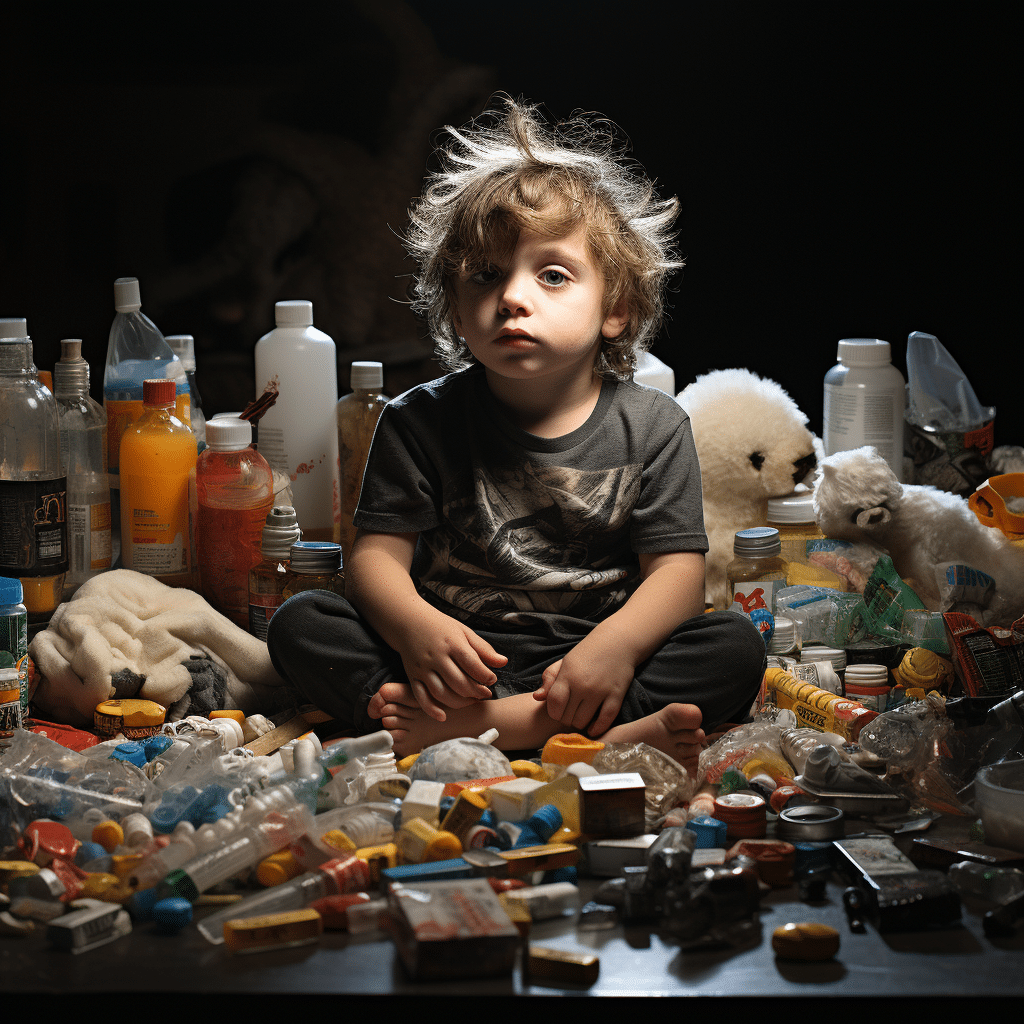
What are the side effects of babies born addicted to drugs?
Oh boy, dealing with drug addiction in babies is no walk in the park, let me tell ya. These tiny tots can experience a rough start with a bunch of side effects like tremors, fussiness that’s off the charts, poor feeding, and even trouble breathing. It’s heart-wrenching to see such little ones go through so much because of substance exposure during pregnancy.
What are the long term effects of babies born addicted?
As for the long haul, it’s a bumpy road ahead for babies born addicted. They could be looking at issues like developmental delays, behavioral problems, and learning disabilities. It’s not written in stone, but these kiddos might have a tougher time hitting their milestones and could need extra support in school and beyond.
How long do Nas babies stay in hospital?
When it comes to NAS babies, or newborns with neonatal abstinence syndrome, they’re in it for a bit of a marathon at the hospital. The stay can be anywhere from a week to several months, depending on how severe the withdrawal is. Doctors and nurses work around the clock to make sure these little fighters get the best care while they’re kicking the habit.
What are the long term effects of babies born addicted to methadone?
If we’re talking about the long game for babies born addicted to methadone, it’s somewhat similar to other drugs but can have its own quirks. These kids may face learning difficulties and behavioral issues as they grow. They’ve got a mountain to climb, but with the right support, they can still reach the summit of their potential.
How long do withdrawal symptoms last in babies?
And about those pesky withdrawal symptoms in babies, it varies, but typically, they can last from a week to six months. For these little ones, every day can feel like an eternity as they work to get that monkey off their back. But with loving care and proper medical attention, they can get through the storm and wave goodbye to withdrawal.





